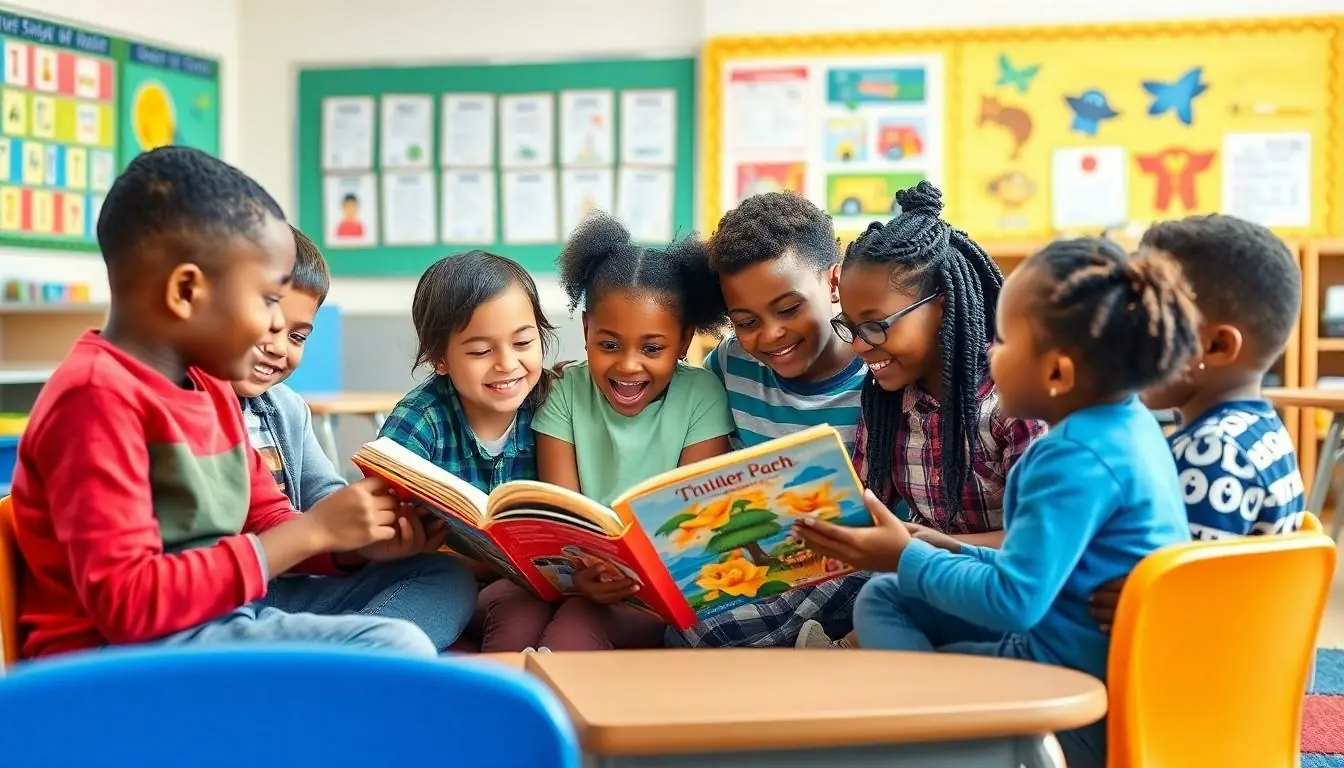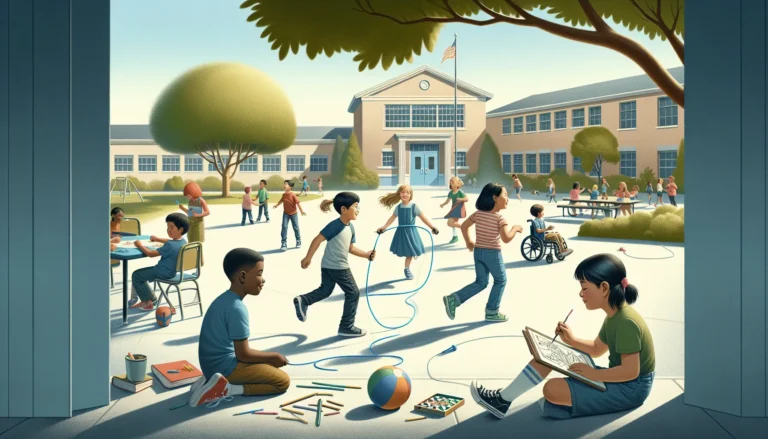In the bustling world of education, acronyms pop up like confetti at a graduation party. One acronym that often leaves students and parents scratching their heads is RLA. So what does RLA stand for in school? Spoiler alert: it’s not the latest trendy snack or a secret society of math whizzes.
Table of Contents
ToggleUnderstanding RLA in Education
RLA stands for Reading Language Arts, a core subject in the school curriculum. This subject encompasses critical skills in reading, writing, speaking, and listening. Educators aim to develop students’ literacy through comprehensive instruction and engaging activities.
Reading skills form the foundation of RLA. Students learn to interpret texts, analyze themes, and expand their vocabulary. Language arts emphasizes not only comprehension but also the ability to express thoughts clearly and creatively.
Writing components of RLA include various styles, such as narrative, persuasive, and informative writing. Instruction focuses on grammar, punctuation, and structure. Students practice crafting essays and reports that effectively communicate their ideas.
Speaking and listening skills in RLA allow students to engage in discussions and presentations. These interactive elements foster confidence and articulate communication. By participating in group activities, students learn to listen actively and express opinions respectfully.
Educational standards define the learning objectives for RLA. Schools adapt these standards to meet the needs of their students. Assessments measure proficiency and growth, ensuring that students attain necessary skills for academic success.
RLA’s importance extends beyond the classroom. Proficiency in reading and writing impacts future opportunities in higher education and employment. Schools focus on creating a strong foundation for lifelong learning and effective communication.
The Meaning of RLA
RLA, or Reading Language Arts, represents an essential component of the educational curriculum. This subject focuses on developing literacy skills necessary for ongoing academic and professional success.
Definition and Importance
Reading Language Arts encompasses critical areas such as reading comprehension, writing, speaking, and listening. Skills in reading allow students to analyze and interpret various texts, broadening their understanding of diverse themes. Writing components teach different styles, including narrative and persuasive writing, while emphasizing grammar and structure. Speaking and listening enhance communication skills, which are vital in collaborative settings. Mastery of RLA contributes significantly to students’ abilities to navigate academic challenges and fulfill future career prospects.
RLA in Different Educational Contexts
In elementary schools, RLA typically fosters basic literacy skills, helping young learners grasp the fundamentals. Middle schools often shift focus toward more complex texts and critical thinking, preparing students for advanced concepts. High schools integrate RLA with interdisciplinary approaches, reinforcing writing for research and analytical thinking. Additionally, RLA is adaptable for special education, where tailored strategies meet individual learning needs. Across all contexts, RLA remains vital for equipping students with the essential tools for effective communication and lifelong learning.
The Role of RLA in Curriculum
RLA plays a crucial part in shaping the curriculum across various educational settings. Its integration ensures holistic development in reading, writing, speaking, and listening skills.
Integration of RLA in School Programs
Schools incorporate RLA into various programs, aligning activities with educational standards. Comprehensive lesson plans emphasize reading comprehension and writing skills, catering to diverse learner needs. Teachers design engaging projects that reinforce language arts, often blending them with other subjects like science or social studies. These interdisciplinary approaches enrich students’ learning experiences, enabling them to apply RLA skills in real-life contexts. Schools utilize assessments to monitor progress and adjust instruction for individual students.
Benefits of RLA for Students
RLA confers numerous advantages for students, enhancing overall literacy development. Proficient reading skills enable students to navigate academic texts effortlessly, fostering deeper comprehension. Writing becomes more structured and persuasive, supporting effective communication. Speaking and listening activities build confidence, equipping students for collaborative discussions. Mastery of RLA components leads to improved critical thinking, preparing students for challenges in higher education and the workforce. Ultimately, a strong foundation in RLA nurtures lifelong skills that contribute to personal and professional success.
Common Misconceptions about RLA
Misunderstandings about RLA often arise, given its significance in education.
RLA vs. Other Educational Acronyms
RLA commonly gets confused with similar acronyms. For instance, the term ELA, which stands for English Language Arts, sometimes creates overlap between reading and language components. Many believe RLA solely pertains to reading, neglecting its comprehensive cover of writing, speaking, and listening. Teachers, administrators, and parents often create distinctions among RLA, ELA, and literacy programs, leading to misconceptions about educational focus and goals. Addressing these differences clarifies how RLA serves as an essential framework for developing literacy skills across all grade levels.
Addressing Misunderstandings
Addressing misunderstandings about RLA requires clear communication. Some assume RLA is only for early education, overlooking its role in middle and high school settings. Others believe that RLA is irrelevant in vocational training or specialized programs, failing to recognize its interdisciplinary applications. Keeping informed about RLA’s comprehensive curriculum helps dispel these myths. Engaging with educational resources ensures all stakeholders understand RLA’s overarching goal: fostering effective communication and critical thinking skills in students. Promoting awareness of RLA’s true definition and objectives benefits students, educators, and the community.
Conclusion
RLA plays a pivotal role in shaping students’ literacy and communication skills. By integrating reading, writing, speaking, and listening, it prepares learners for academic challenges and future career opportunities. The emphasis on comprehensive instruction ensures that students not only gain proficiency but also develop critical thinking abilities essential for lifelong success.
As educational systems continue to adapt to diverse learning needs, understanding RLA’s significance becomes crucial for students, educators, and parents alike. Recognizing its value in fostering effective communication and analytical skills can lead to a more enriching educational experience for everyone involved.





